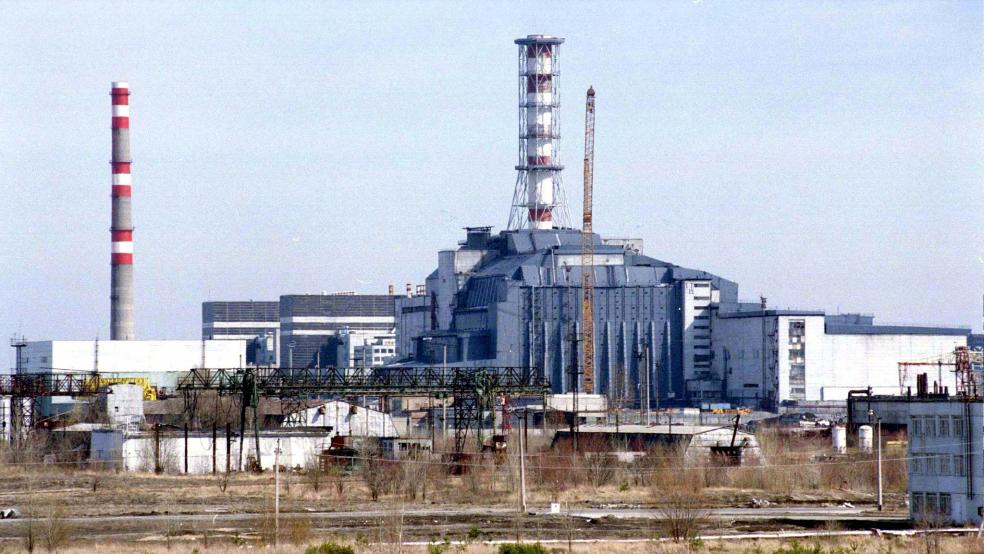Energy independence, especially if you don’t particularly like the country you currently depend on, is a very strong motivator for the adoption of renewable energy. Ukraine has recently become a great case in point, after the announcement that it planned to turn part of the uninhabitable zone around the Chernobyl power plant into a large-scale solar farm.
Chernobyl, the site of one of the worst nuclear disasters in the history of the world, cannot be used for much: farming is impossible, as are most other productive human activities. But there is a lot of sunshine in the area, which can be harvested and marketed using already existent power transmission infrastructure, according to Ukraine’s environment minister Ostap Semerak.
Initial plans envisage the installation of 4 MW in solar capacity in Chernobyl by the end of this year. Semerak said that two investment firms from the U.S. and four energy companies from Canada have already expressed interest in the project.
Related: Are Aliens Siphoning Power From This Star? Scientists Are Taking the Idea Seriously
Solar power is a major part of Ukraine’s renewable ambitions. Last year, the governmentannounced that over US$3 billion will be invested in the development of solar power farms by 2020, as part of efforts to achieve a portion of the 11% for renewables in the country’s energy mix. By the end of this year alone, Ukraine aims to have installed solar capacity of more than 570 MW. As of July 1 the total installed solar capacity in the country was 453 MW. Further plans are to have solar installed capacity of 1 GW, which will cost around $1.1 billion, according to preliminary estimates.
At the moment, the European Bank for Reconstruction and Development is Ukraine’s largest source of financing in general and is particularly willing to spend on renewable energy, but businesses are also interested in taking part in what can be safely called an energy overhaul.
Related: Want to Go Solar? 3 Ways to Get Started
Tensions between Ukraine and Russia are continuing despite the ceasefire that followed the long months of violence in the eastern part of the country, and there are still outbreaks on both sides. These tensions have made it clear once and for all that the two neighbors have a very long way to go to restore their good relations.
In such a context, energy security is a really essential priority for Kiyv, which has over the years proved unable or unwilling to pay for Russian gas deliveries in a manner as timely as Gazprom would have liked. This led to a couple of “gas crises” that put under threat gas deliveries, not just to Ukraine, but to Europe as well.
Ukraine has the best motivation for turning to renewable energy and is working on incentives for the industry to make that happen sooner. It’s offering feed-in tariff premiums to local renewable energy suppliers, which has, according to industry insiders, led to a “new renaissance” in the local renewable energy sector.
As for Chernobyl, it’s always smart to make the best of what you have, and that’s especially true when what you have is a wasteland that cannot be used for literally anything else than harvesting solar energy at least in the next few hundred years.
This article originally appeared on OilPrice.com. Read more from OilPrice.com:
Oil Prices React Stoically On Biggest Rig Count Rise In 2016




